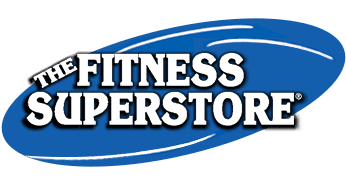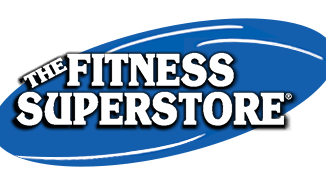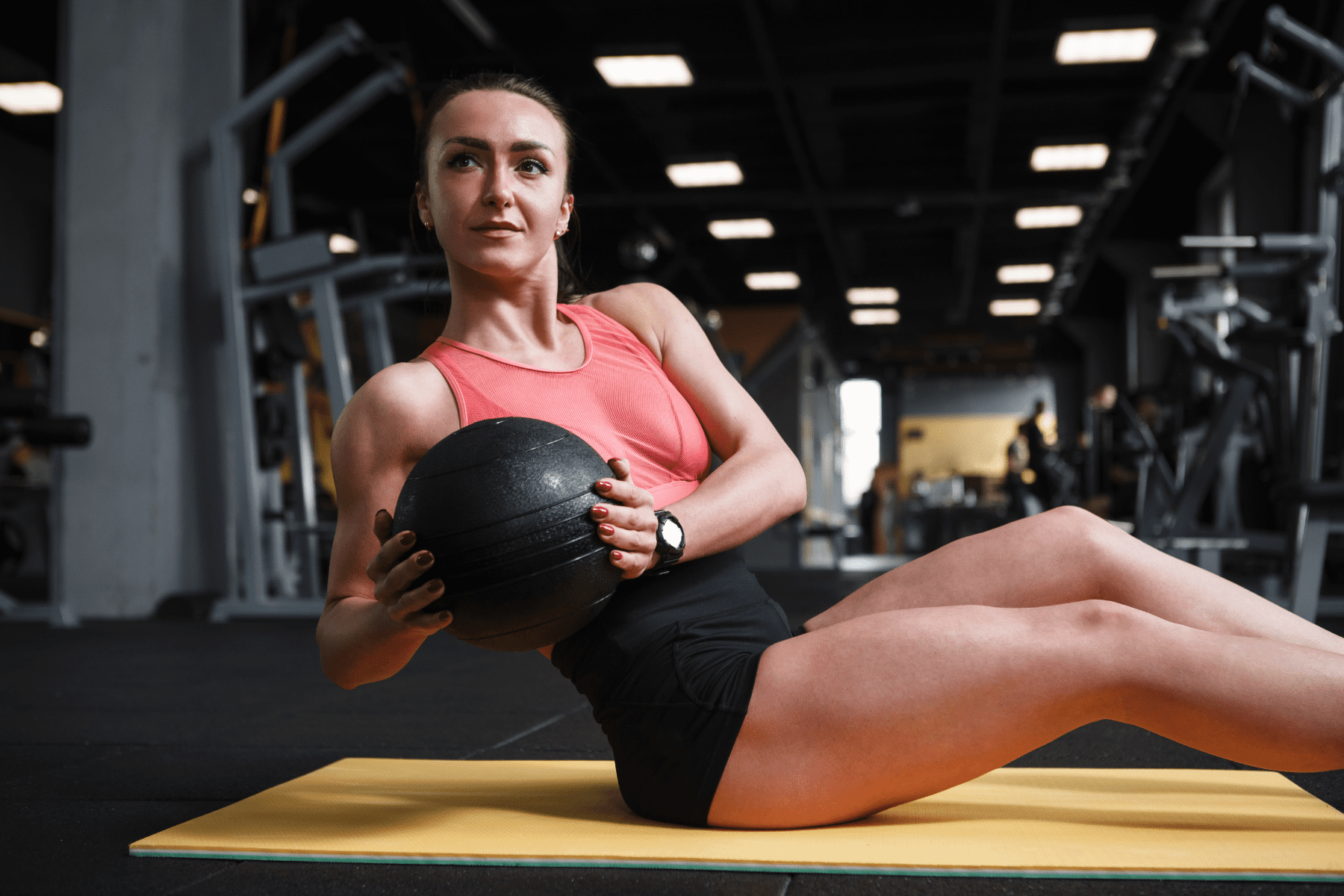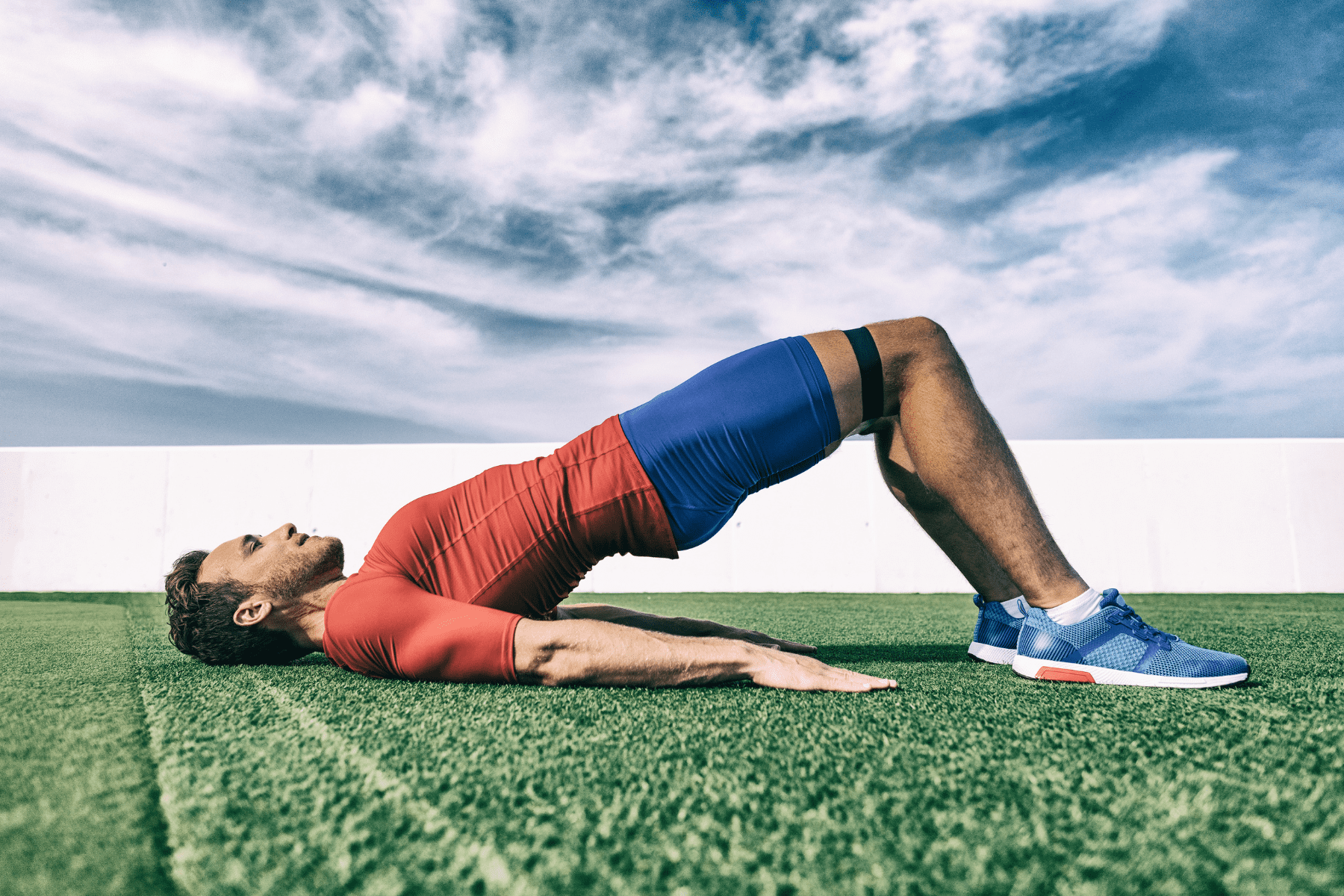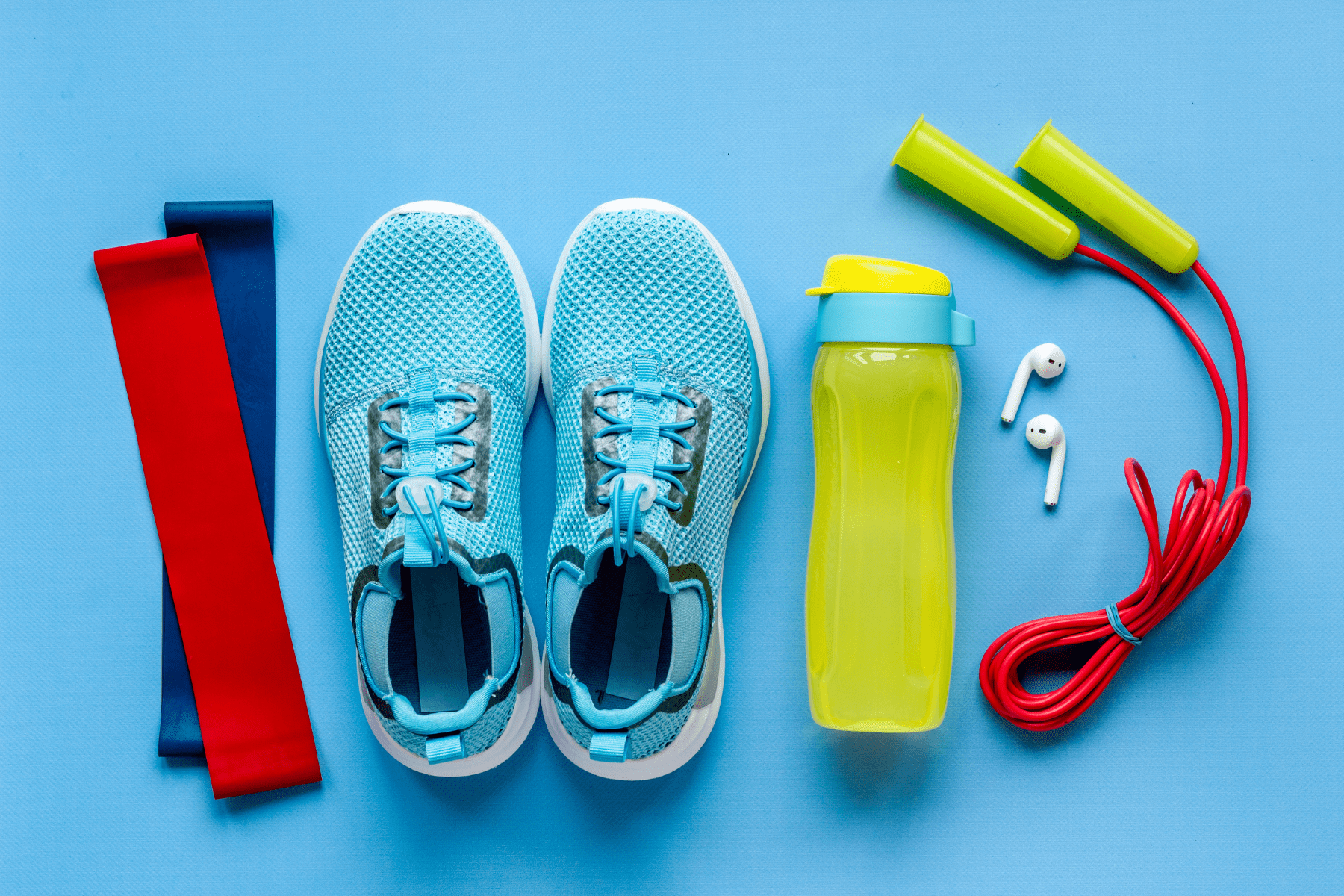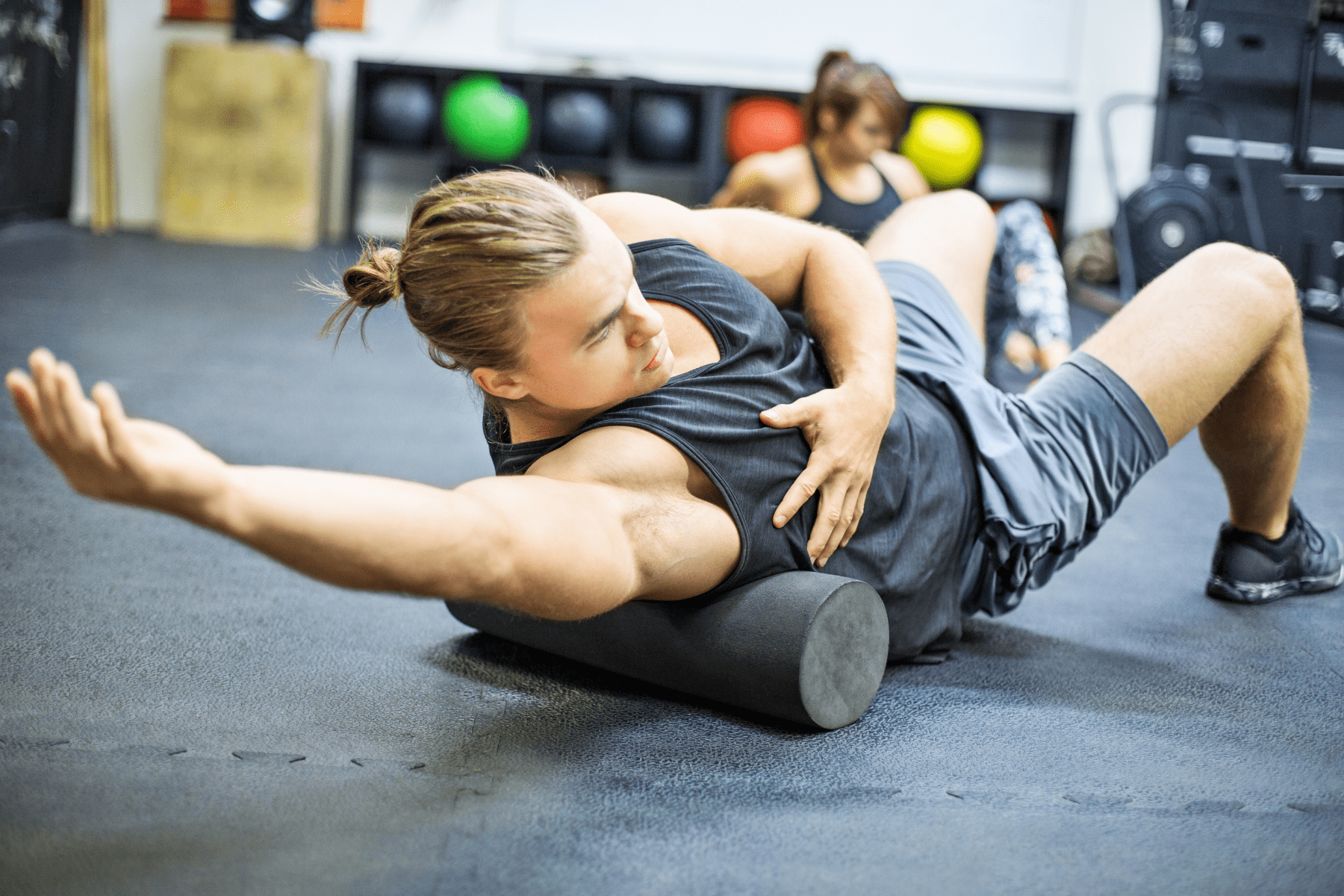Outdoor workouts offer a refreshing change of scenery and a chance to connect with nature while breaking a sweat. Incorporating dumbbells into your outdoor training routine can add intensity and variety to your workouts, allowing you to challenge your muscles in new ways.
Whether you’re a beginner looking to start incorporating weights into your routine or a seasoned fitness enthusiast seeking to take your outdoor workouts to the next level, there are plenty of effective exercises you can do with dumbbells.
Beginner Dumbbell Workout for Outdoor Training
If you’re new to using dumbbells, start with a simple full-body workout that targets major muscle groups. Begin with a set of dumbbell squats to work your legs, followed by dumbbell chest presses for your upper body and dumbbell rows for your back. Aim for 2-3 sets of 10-12 repetitions of each exercise, resting for 30-60 seconds between sets.
Nature’s Dumbbell Squat Jumps
Take advantage of natural elements in your outdoor environment for a challenging lower-body workout. Find a sturdy rock or log that’s about knee height and hold a dumbbell in each hand. Perform squat jumps onto the elevated surface, exploding upward as you jump and landing softly on the surface before stepping back down. This exercise not only strengthens your legs but can also aid in improving explosive power and coordination.
Doing Dumbbell Bent Over Row Outdoors
Find a flat surface outdoors and stand with your feet shoulder-width apart, holding a dumbbell in each hand with your palms facing your body. Hinge at the hips and bend forward slightly, keeping your back straight and core engaged. Pull the dumbbells towards your ribcage, squeezing your shoulder blades together at the top of the movement. Lower the dumbbells back down with control and repeat for a complete set.
The Bent Over T to Top it All Off
This exercise targets your upper back, shoulders, and core. Begin by holding a dumbbell in each hand and hinge forward at the hips until your torso is parallel to the ground, arms hanging straight down towards the ground. Keeping your core tight, lift the dumbbells out to the sides until they are in line with your body, forming a “T” shape. Hold for a moment, then lower the dumbbells back down and repeat for a full set.
Incorporating these outdoor dumbbell exercises into your fitness routine can help you build strength, improve endurance, and enjoy the beauty of nature while getting fit. So grab your dumbbells and head outside for a challenging and rewarding workout experience!
Ready to take your outdoor workouts to the next level with the best quality dumbbells and fitness equipment? Look no further than The Fitness Superstore! With over 30 years of experience and a commitment to providing top-notch products and exceptional customer service, we’re here to help you achieve your fitness goals.
Visit our store today to explore our wide selection of dumbbells, exercise equipment, and accessories designed to elevate your outdoor training experience. Our experienced fitness consultants are ready to assist you in finding the perfect equipment tailored to your needs and budget.
Don’t let anything hold you back from reaching your fitness aspirations. Contact The Fitness Superstore now to start your journey towards a healthier, stronger, and happier you!

